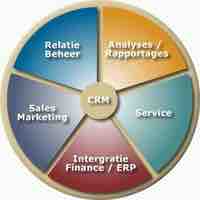Chapter 5
Business Writing
By Boundless

Communication is essential for effective business operation, and clarity leads to effective communication.

The goal of public relations is to disseminate information about a business (that is, to create an effective message).

Channels for business communication include meetings, letters, print, radio, television, telephone, word of mouth, and the Internet.

Miscommunication happens when there is a disconnect between what is being said and what is heard.

Storytelling is a powerful tool for leaders, entrepreneurs, and community managers to relay a vision and craft a strong sense of purpose.

Beginning a speech with a quote, statistic, story, or humor can make the audience feel interested and invested in what you have to share.

The middle of a speech or presentation offers the audience facts and perspectives which support the conclusion delivered at the beginning and the end.

The ending of a speech can be as important as the beginning and body, because a good end leaves a lasting impression.

The question and answer format is often used to provide a higher quality or higher volume of responses within a business communication.
Visual aids help us distill complex concepts into clean, elegant expressions that are easily grasped by the audience.
There are many ideas on how to mitigate the effects of stage fright, such as through thorough preparation and rehearsal.

Speaking directly, honestly, and on point can improve the result of a speech, even one in front of a difficult audience.

Using a joke to start a presentation is often a good idea if used properly.

Your appearance and delivery are just as important as the content of your speech.

The most important concept to keep in mind when writing for business is who your target audience is.

When writing business documents, only use jargon when necessary with appropriate audiences, and completely avoid the use of slang words.

In business writing, it is important to communicate the message using impartial or unbiased language.

A way to focus your sentences on action and actors is to use the active voice rather than the passive voice.

It is important to tailor the message to the audience, so the writer must identify the interests, needs, and personality of the audience.

The most important aspect of business writing is clear and concise writing that gets the message across in the best way.

